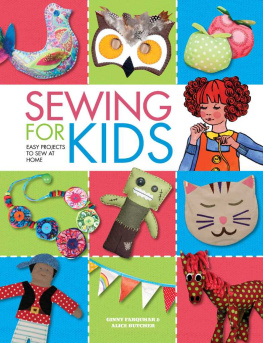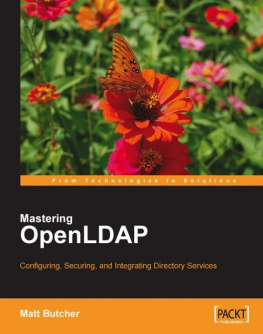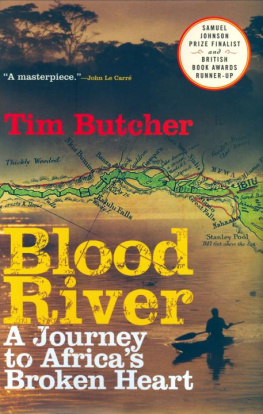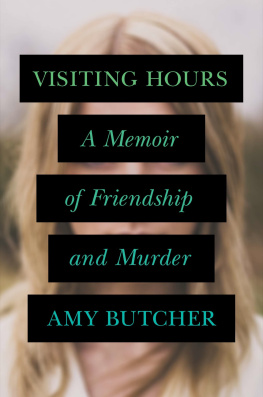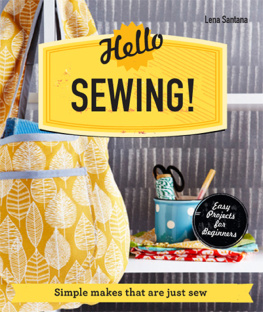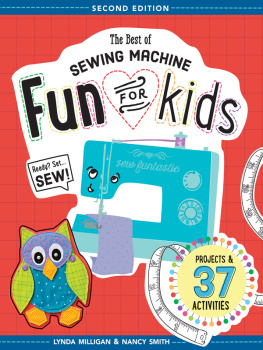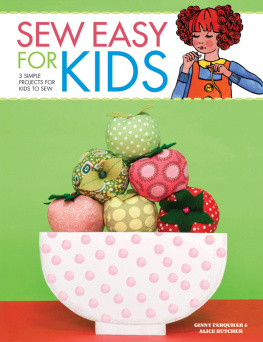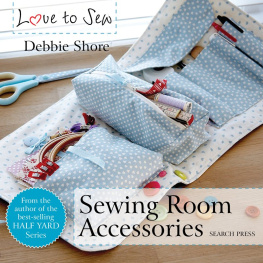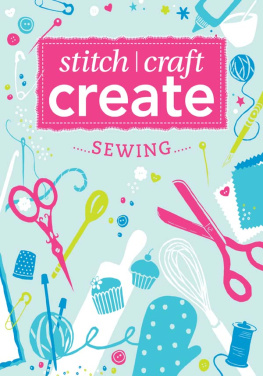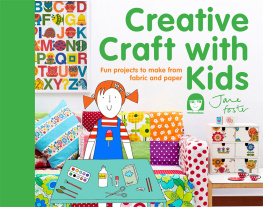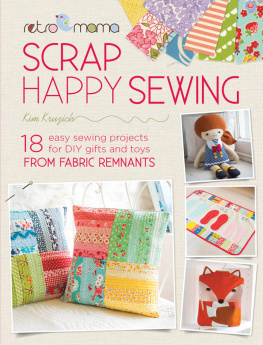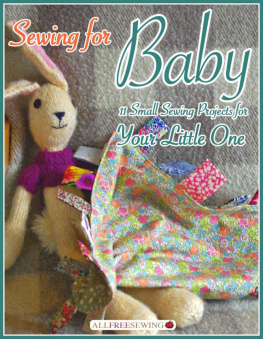Contents
Hello and welcome to Sewing for Kids
Let us introduce ourselves: our names are Alice and Ginny and we are sewing teachers. We love making things with fabric and have both been sewing since we were very young.

We really enjoy encouraging young people, just like you, to learn how to sew and have designed this book filled with fun projects for you to make, including spooky softies, fruity juggling balls, rainbow bunting, felt dress up dolls, your first patchwork quilt and lots more! If you are new to sewing, you will need to work with an adult but once you have learnt some of the basic skills and stitches, you will soon become more independent.
Throughout the book you will find a cotton reel companion called Sylky who will give you lots of useful tips and advice.
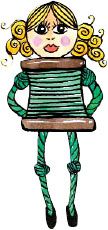
Each project contains a You will learn box, telling you the main skills being taught and a What you will need list, advising you of all the materials you will require. Its a good idea to read through the instructions and look at the pictures with an adult before you begin. We have provided step-by-step drawings and dont forget to look at the finished picture of the project to help you.
Learning to sew is an enjoyable adventure and collecting materials to use is an exciting part of it. Start a fabric scrap box by saving material from old clothes recycling is good for the environment and can save you money. Collect embellishments such as ribbons, buttons and sequins, which can add a lovely finishing touch to your projects.
Most of our projects have been made from cotton or felt and all have been designed to be sewn by hand. Some could also be sewn using a sewing machine (see for tips).
We hope you have lots of fun making the projects!
Alice and Ginny x
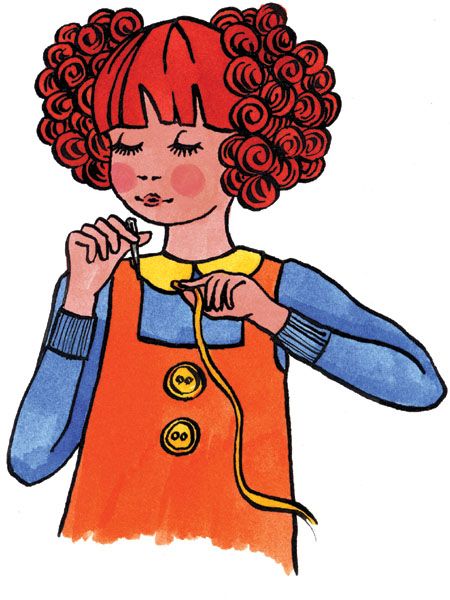
Top tips
Its good to ask for help from an adult or older sibling. You may need help initially with threading needles and tying knots but once practised, you can do this unaided.
Take great care when using scissors, pins and needles, as they are very sharp!
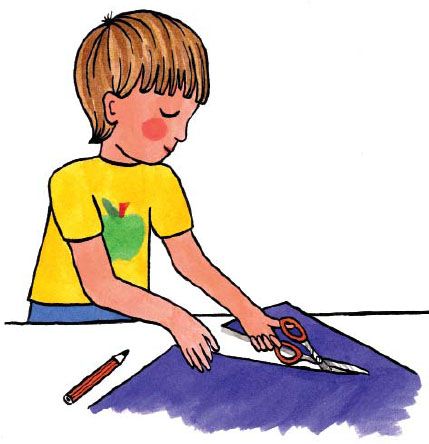
Make sure your hands are clean and work on a clear, flat surface.
Pack ongoing projects away in a bag to prevent them getting lost or dirty.
Make the projects your own you may not wish to make an entire project, such as the Boys versus Girls game, but may just prefer to just make up some of the faces.
You do not have to make the project in the same colours as shown. Its fun to get creative and use your own favourite colours.
Take your time and dont rush you dont have to finish the project in one go. Some projects will be quick but others may take a number of weeks to complete.
Your stitches dont have to be perfect you will improve with practice.
Its okay to make mistakes because that is how you learn. Simply undo the mistake and start again.
Handy sewing kit
This basic kit contains many of the essential haberdashery items that you will need for the projects in this book.
Scissors
Dressmaking scissors (shears)
It is important to have a pair of sharp dressmaking scissors. Make sure you only use them for sewing as they will get blunt; use general-purpose scissors for cutting paper.
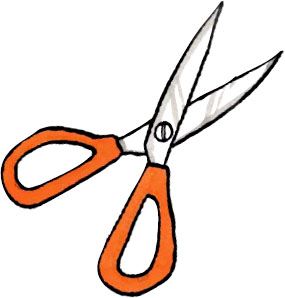
Embroidery scissors
A smaller pair of embroidery scissors can be used for trimming fabric and cutting threads.
Pinking shears
Pinking shears have a serrated edge and are used to trim seam edges and prevent fabric from fraying.
Threads
Multi-purpose polyester thread
Suitable for hand and machine sewing, this comes in a huge variety of colours. It can be used with all fabrics and has more stretch than cotton threads so wont snap as easily.
Topstitching thread
Thicker than normal thread, this can be used when you need a stronger thread. It is recommended for most of the hand-sewn projects in this book.

Embroidery skeins
Embroidery skeins or threads come in lots of different colours and can be used for both embroidery and hand stitching. Made from six threads twisted together, they can be split to two or three threads for easier sewing.
Hand sewing needles
You can complete most of the projects with this selection of needles. Where a specialist needle is required, this is listed in the What you will need section for that project.
Tapestry needles
Tapestry needles are quite thick with a large eye and a sharp point, ideal for using with embroidery silks or thick sewing threads.
Embroidery needles
These come in a variety of sizes. They are slimmer than tapestry needles, allowing for use on finer fabrics but they still have a large eye, making them easy to thread.
Sharps
These are versatile, medium-length, general sewing needles, built with a sharp point and a round eye.

Sewing machine needles
Different sizes are suitable for different fabrics, from size 70 for fine fabrics through to size 100 for heavyweight fabrics. Change them regularly as they can get blunt.
Fabric Markers
Dressmakers pencils
These mark out fabric clearly and because they are made with chalk, the markings will easily brush away.
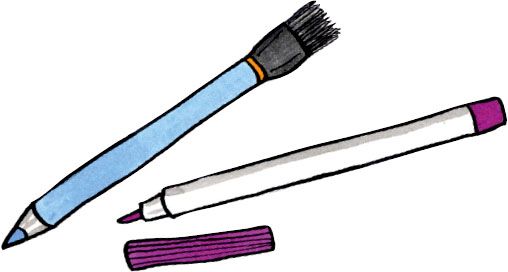
Vanishing markers
This can be used like a felt tip to mark or draw outlines on fabric. Because they are light sensitive, they will fade and disappear after a few days.
Water erasable pen
This can be used like the vanishing marker however the markings are removed with water.
Sewing accessories
Plastic headed pins
These are simple to put in and pull out of fabric and are easily visible for sewing and picking up off the floor!

